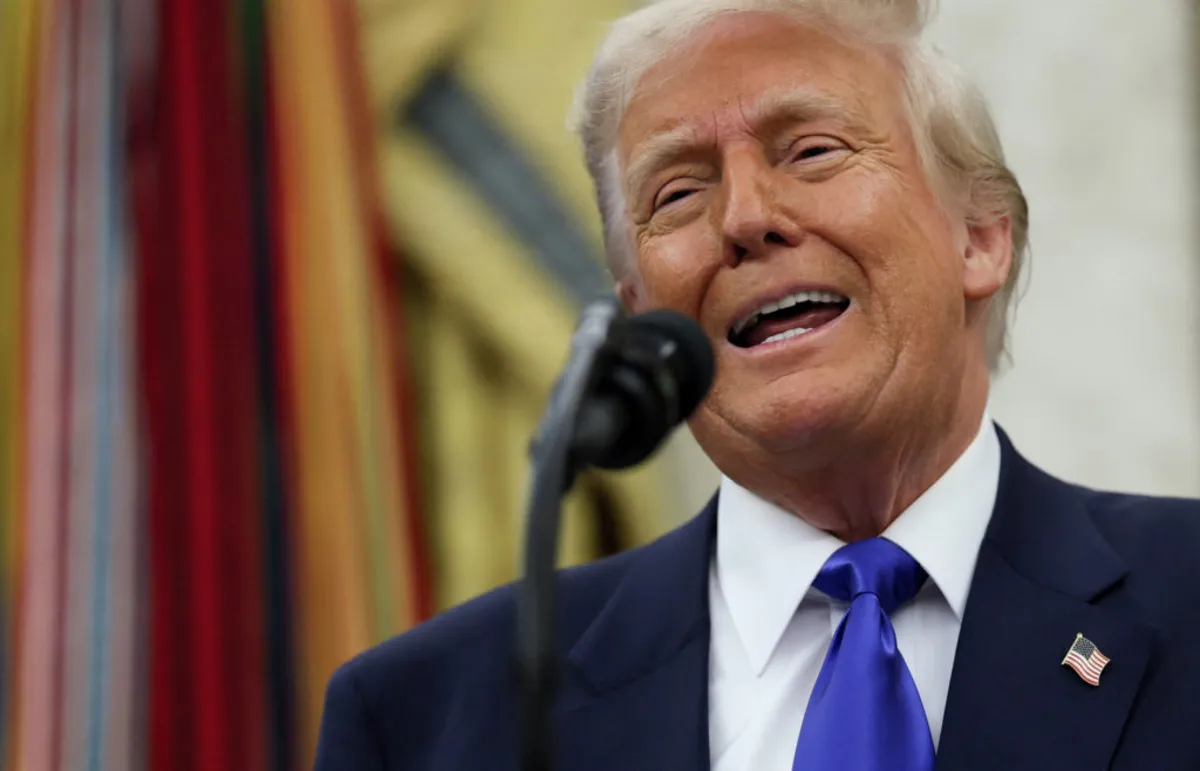
On Monday, President Donald Trump addressed the controversy surrounding an artificial intelligence-created image depicting him as the pope. The image was posted on his own social media platform, Truth Social, which he actively oversees. During a press briefing, Trump emphatically stated, “I had nothing to do with it. That’s not me that did it.”
When a reporter highlighted that some Catholics found the image offensive, Trump dismissed their concerns, suggesting, “Oh, they can’t take a joke.” He went on to criticize what he termed the “fake news media,” implying that the backlash was exaggerated. The AI-generated image had been shared on Friday evening on his Truth Social account and subsequently promoted by the White House on its official X account.
President Trump claimed that he first encountered the controversial image on Sunday evening, two days after it was posted. Despite the mixed reactions, he mentioned that his wife, Melania Trump, found the image “cute.” This admission adds a layer of complexity to the narrative, as it suggests that while the image sparked outrage among some, it was met with amusement in his household.
This incident raises important questions about the role of AI in media and how such technologies can influence public perception. As AI-generated images become more prevalent, the potential for misunderstanding and controversy also increases. The intersection of politics, media, and technology continues to evolve, and leaders like Trump find themselves navigating this uncharted territory.
For more updates on this story and other important news, consider supporting PBS News Hour. Your tax-deductible donation helps ensure that vital reporting continues to thrive in our changing media landscape.